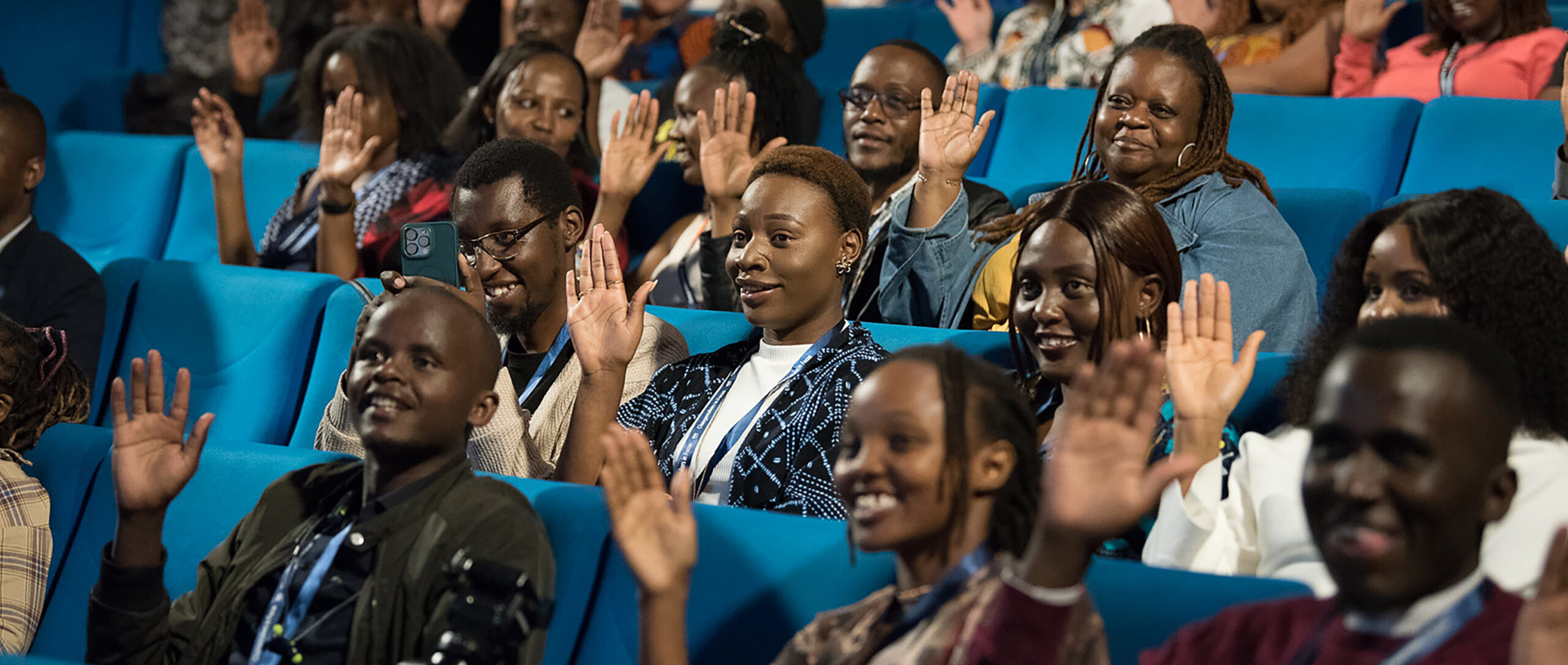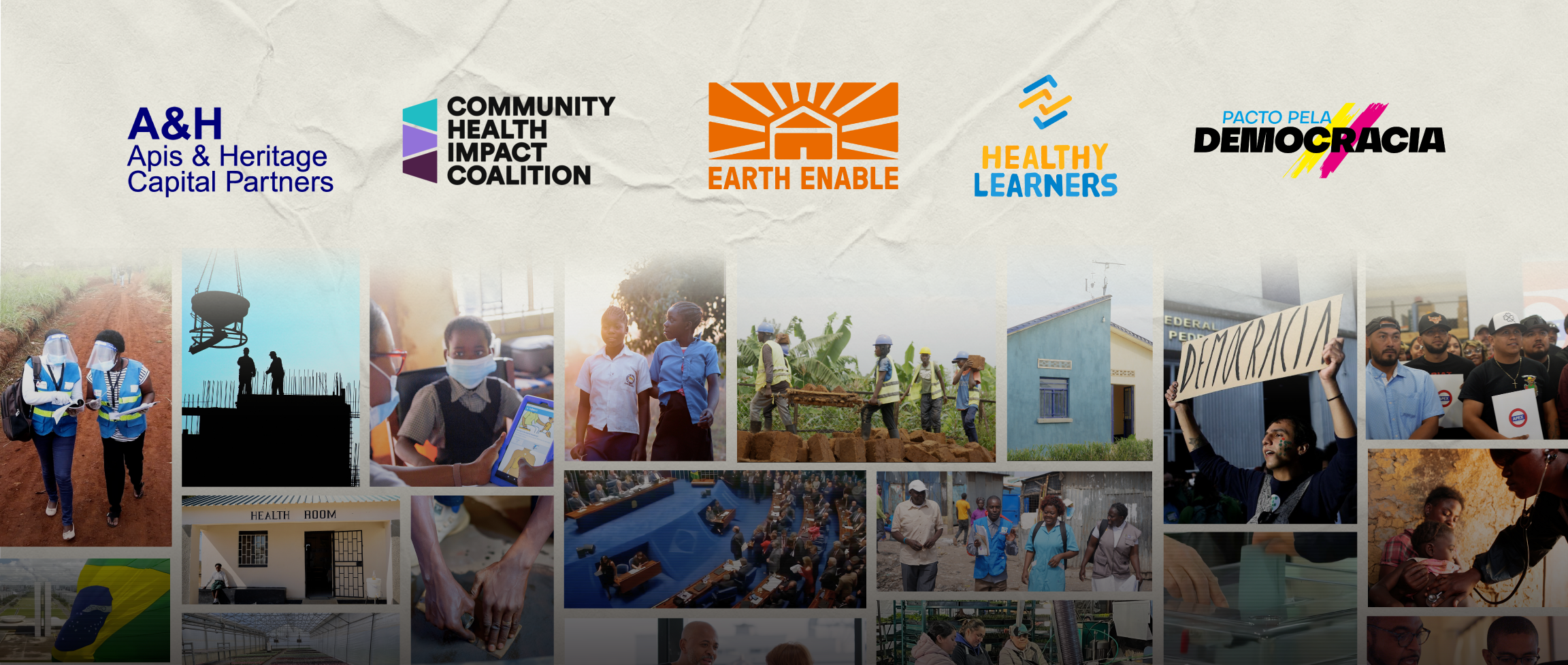Towards a Culture of Humility, Introspection, and Partnership in Philanthropy
What would it take, in terms of both financial and human resources, to achieve your goals?
That was the final question Don Gips asked a group of Skoll Foundation Awardees at the recent Aspen Ideas Festival on a panel with the theme of how social entrepreneurs accelerate possibility.
Nancy Lublin of Crisis Text Line threw out a challenge. “Funders need to make harder choices,” she said. “There are no market forces to force mergers and acquisitions. Funders need to act as those market forces.”
This was a compelling provocation for foundations and donors in the room. Make big bets. Pick winners. Put your money where your mouth is. Shift the way philanthropy works. It puts the onus on funders to be strategic and deliberate about their investments to ensure long-term impact and systems change.
Understanding and naming the risk
Part of running a successful social enterprise is the ability to attract the signaling power of funders. Get your foot in the door with one funder and that leverage can open a broad funding network. This can also lead to an overconcentration of funding going to a favored group of entrepreneurs. The bystander effect is at play—funders are less likely to make bets on organizations who have yet to attract funding. Young job seekers face a similar conundrum—they need work experience to get a job but can’t get a job because they don’t have work experience.
We need to have differentiated funders and the first responders with higher risk appetites. Cass Sunstein in his talk “How change happens” classifies those as zeroes—people who do not need much impetus to act. He uses the #MeToo movement as an example of creating momentum around an issue. Once there’s enough zeroes willing to speak out and act on an issue, others will join in—ones, twos, and threes in succession as perceptions of the cost of acting diminishes. Funders with lower risk appetites (twos and threes) could then feed from those networks.
The first responders would ensure that they are casting their net as widely as possible, with awareness that though solutions to the world’s most pressing problems can come from anywhere, uneven distribution of resources constrains the ability to scale those solutions for maximum impact. Finally, naming the risk should become standard funding practice. Funders need to be very clear about whether the risk lies within the potential investee organization or within the funder’s limited appetite for going where others haven’t.
Pay what it takes
Bridgespan, in collaboration with the Ford Foundation, is championing the pay-what it- takes initiative. When organizations have a social mission at their core, they often struggle to pay the bills that keep their programs running. Their overhead is as core as their programmatic work to allow them to attract top talent, and keep them effective and efficient. The initiative calls funders to pay their fair share of grantees true indirect costs. This is a collaborative effort—those grantees need to both know those costs and transparently share them with their funders. This type of grantmaking relationship requires funders and grantees spend time establishing long term, trusting relationships.
Learn and relearn
Social change is never linear. There will always be new elements to consider, whether it’s the growing threat of climate change and the need to focus on climate resilience, or the shifts of government administrations, or the disruptors to the way we understand the world. Funders make good bets based on an organization’s track record and whatever they can reasonably project about their future performance and impact. Working with grantees to navigate these changes and build resilience within organizations is important.
Funders and grantees need to make sure they do not fall into the sunk cost fallacy where they continue to invest resources in something ineffective because of the amount of resources already invested. Being able to pivot is important—knowing when to abandon a course of action—even in the middle of a grant. Funders need to recognize that organizations should to be nimble to respond to a changing operational landscape. Maintaining consistent active relationships with grantees is key to responding effectively with both resources and clear, strategic goals.
Introspection
The final one is potentially the hardest point to actualize: funders must introspect as individual organizations, as well as a sector. Often grantees evolve organizationally to meet funder standards, creating new positions and tweaking their programs to fit funder criteria. That shows the power dynamics between those who fund and those who receive.
At the Skoll Foundation, we use a sector-and-geography agnostic lens when we assess social entrepreneurs for funding. We cannot act as any kind of market force because our portfolio is diverse and a very small sample size across the globe. The depth of our impact through our social entrepreneurs is difficult to quantify. For other funders, the depth of impact given a specific focus area may be quite clear.
The outsized role though that a single funder can play can be harmful especially without accountability outside of a board of directors. There are potential blind spots that come with a lack of proximity to the work, and a potential undermining of sovereign states, particularly of poorer countries. These are not insurmountable obstacles if funders regularly return to these questions with humility and a spirit of partnership with their grantees. For every action, the consistent question should be: For what and whom will this serve?
“Social entrepreneurs are a global public resource,” emphatically stated Bright Simmons of mPedigree during the “Good by Design” panel at Aspen Ideas. Their ability to solve complex problems with resource efficiency is not fully harnessed, he said. A closer look at how we resource social entrepreneurs could go a long way towards achieving our shared impact goals.
Want more stories of large-scale change on the world’s most pressing problems? Sign up for Skoll Foundation’s monthly newsletter.
“Golden Gate Park”by dixie_law is licensed under CC BY-NC-ND 2.0



